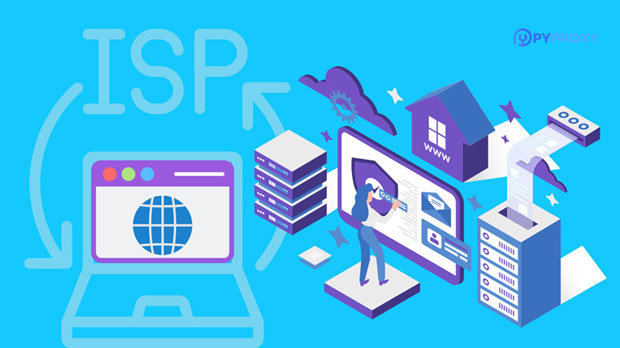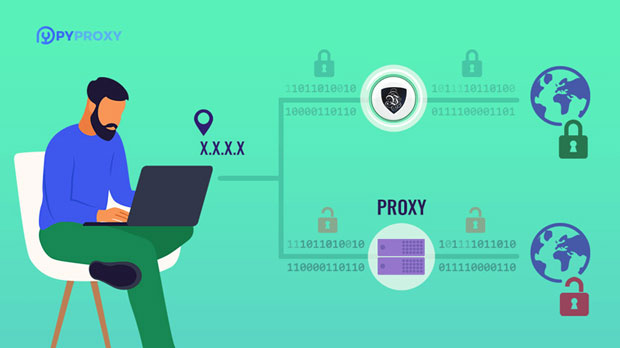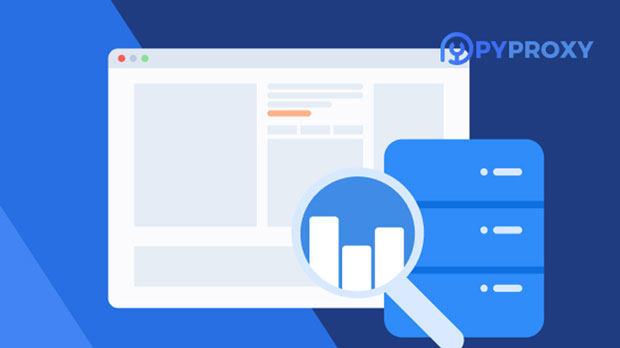How to get high quality Socks5 proxy server address quickly?
Obtaining high-quality socks5 proxy server addresses is a crucial task for individuals or businesses looking to ensure online anonymity, bypass geographic restrictions, or improve security. A Socks5 proxy offers a higher level of security and performance compared to other proxies. However, not all socks5 proxies are created equal, and finding reliable and efficient ones can be a time-consuming process. In this article, we will explore effective methods for quickly obtaining high-quality socks5 proxy server addresses, focusing on practical strategies and actionable tips. Whether you're managing a large-scale network, working in a business setting, or simply seeking privacy online, the following insights will guide you toward acquiring the best proxies that suit your needs. Understanding Socks5 Proxies and Their ImportanceBefore diving into how to obtain high-quality Socks5 proxy addresses, it’s important to understand what makes a Socks5 proxy different from other types of proxies and why it is often preferred.Socks5 proxies are among the most advanced and versatile types of proxy servers. Unlike HTTP or HTTPS proxies, which only handle specific types of web traffic, Socks5 can route all kinds of internet traffic, including email, FTP, and P2P file-sharing protocols. This makes it ideal for a range of applications such as web scraping, anonymous browsing, and accessing geo-restricted content.Additionally, Socks5 proxies support both UDP (User Datagram Protocol) and TCP (Transmission Control Protocol), ensuring a wide range of usage possibilities. These proxies also offer better security by masking the user's IP address, which is vital for privacy-conscious individuals and organizations.Methods for Quickly Acquiring High-Quality Socks5 ProxiesFinding reliable Socks5 proxy servers doesn’t have to be a slow or complicated process. Here are several proven methods to quickly acquire high-quality Socks5 proxy addresses:1. Utilize Trusted Proxy ListsOne of the most effective ways to quickly obtain Socks5 proxy addresses is by using trusted proxy lists. Many websites offer free or premium lists of proxy servers, which are regularly updated. These lists often include a variety of proxy types, including Socks5, and they provide important details such as server location, speed, and uptime. To find quality lists, you can visit reputable online forums, communities, or marketplaces that specialize in proxy-related content. Look for lists that are frequently updated, as older proxies may no longer be functional. Be cautious when using free lists, as they may contain proxies that are slow or unreliable.2. Explore Online Communities and ForumsEngaging with online communities and forums is another excellent way to discover high-quality Socks5 proxy addresses. Many proxy enthusiasts and professionals share their findings and resources on specialized forums, where you can find recommendations, discussions, and up-to-date proxy servers.Communities dedicated to cybersecurity, data scraping, and privacy often exchange information on premium Socks5 proxies. These platforms can be a goldmine for people looking for high-performance proxies for business or personal use. However, remember to validate the sources before using any proxy addresses to ensure their reliability and security.3. Leverage Proxy API ServicesFor those who need automated and large-scale access to Socks5 proxies, Proxy API services offer a fast and reliable way to obtain high-quality proxy addresses. These services provide APIs that you can integrate into your software or systems to fetch proxies based on specific criteria such as location, speed, or anonymity level.Proxy API providers often have a large pool of Socks5 proxies from various regions, ensuring that users can find proxies that meet their specific requirements. These services typically offer both free and paid options, with paid services generally providing higher reliability, better security, and more consistent performance.4. Explore Proxy MarketplacesFor businesses or individuals with specific proxy requirements, proxy marketplaces provide an efficient way to purchase high-quality Socks5 proxies. These marketplaces connect users with proxy sellers who offer proxies for various use cases, including secure browsing, data scraping, and SEO monitoring.When buying from proxy marketplaces, ensure that you are dealing with reputable sellers who offer proxies with the characteristics you need, such as high uptime, fast speeds, and anonymous connections. Some marketplaces even allow you to filter proxies based on specific parameters, ensuring that you get the exact proxies you require.5. Set Up Your Own Socks5 Proxy ServerIf you require full control over the proxies you use and want to ensure the highest level of security, you can set up your own Socks5 proxy server. This method requires some technical knowledge, but it gives you complete control over the proxy addresses, performance, and security.To set up your own Socks5 proxy server, you will need a dedicated server or a VPS (Virtual Private Server). You can install software such as Dante or Squid to create your proxy server. This method is particularly beneficial for businesses or individuals with advanced technical skills who need custom solutions.Factors to Consider When Choosing Socks5 ProxiesWhen acquiring Socks5 proxies, not all proxies are equal. It’s important to consider several factors to ensure that you’re choosing high-quality proxies. Here are key criteria to keep in mind:1. Server LocationThe location of the proxy server plays a crucial role in its performance. If you need proxies for accessing content in a specific geographic region, make sure the proxy servers are located in that region. Some proxy lists allow you to filter proxies by location, making it easier to find the right ones.2. Speed and LatencyProxy speed and latency are important for applications like web scraping, gaming, or streaming. A slow proxy can result in significant delays or connection drops. To assess the speed of a proxy, it’s helpful to test it with your specific use case before committing to it for extended use.3. Anonymity and SecurityNot all Socks5 proxies offer the same level of anonymity and security. High-quality proxies should mask your IP address completely to ensure privacy. Additionally, proxies should support encryption to protect your data from being intercepted.4. Reliability and UptimeReliability is essential when selecting Socks5 proxies. Proxies with high uptime rates will provide consistent performance. Always check for proxies that have been tested for reliability, and try to avoid proxies with a history of frequent downtimes.5. PriceThe price of Socks5 proxies can vary depending on factors such as quality, location, and speed. Premium proxies generally come at a higher cost but offer better reliability and performance. Free proxies may seem attractive but often come with risks like poor performance, security issues, or misuse by other users.ConclusionObtaining high-quality Socks5 proxy server addresses can be a challenging task, but with the right strategies, it becomes a manageable process. Whether you’re using proxy lists, participating in online communities, utilizing API services, or setting up your own server, there are plenty of ways to find proxies that meet your needs. By considering factors like location, speed, and security, you can ensure that the proxies you acquire will provide optimal performance for your activities. With the growing demand for privacy and anonymity online, Socks5 proxies remain one of the most reliable and secure solutions available today.
2025-01-10
























































